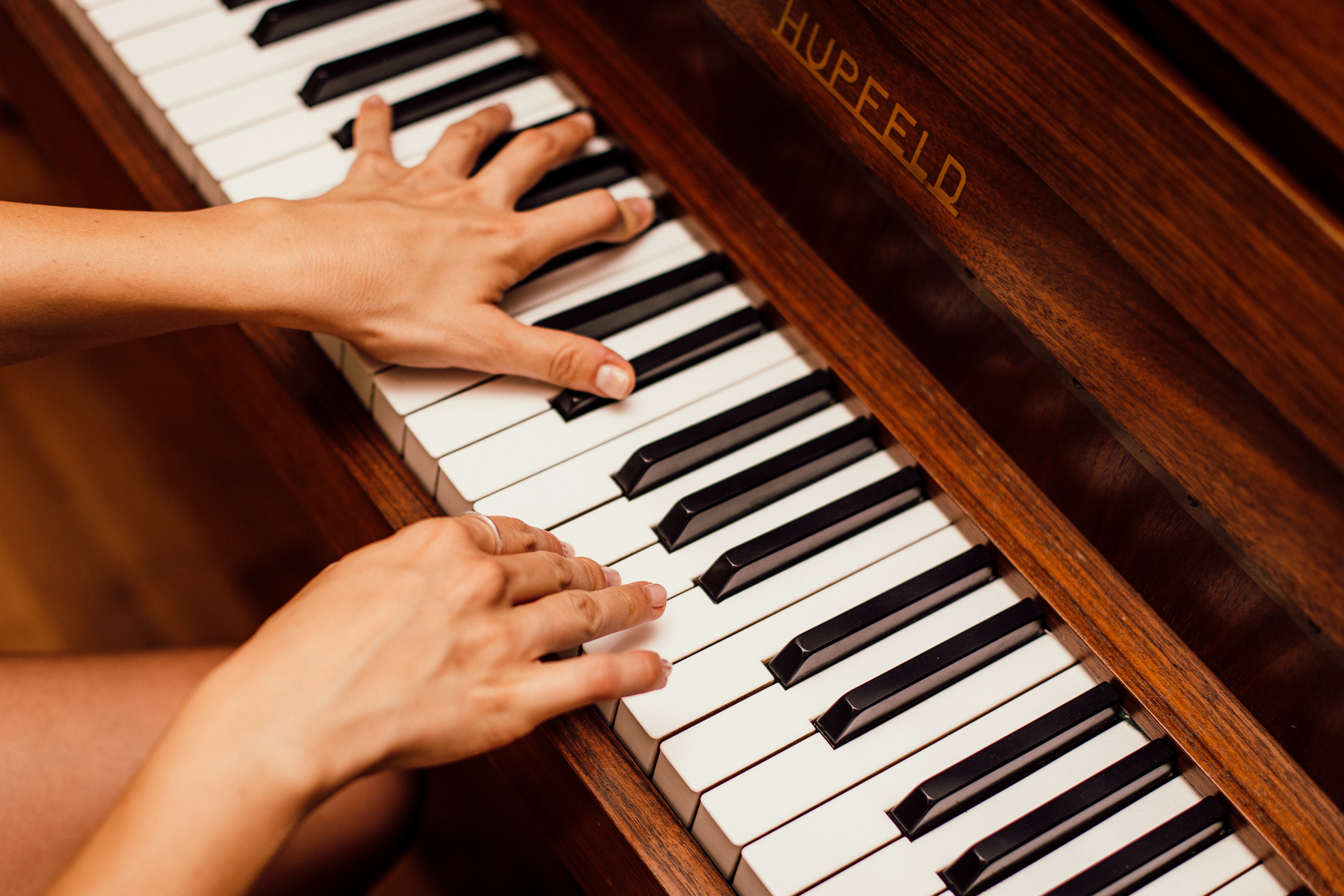
A piano consists of a wider variety of pitches compared to all other instruments that you can record. It produces various frequencies from audible to shallow spectrum – the sound in the piano moves in all directions; which can result from phasing problems. Due to the sound issues, you will be needed to use a mic in nearly all recordings. A good mic should be sensitive to capture intricate sounds and pick up different frequency ranges. Recording engineers have several options when recording piano, which can be puzzling. This article talks about piano recording, giving tips that will help you create stunning sounds.
Horizontal Dispersion
Some rules require an appropriate mic position to obtain the prime sound required in the recording. Low sounds bend around barriers while high frequencies move in straight lines. The sound at the back of the piano, irrespective of having the cover fully open, is dull. The lid affects the spreading of higher frequencies differently by bouncing them out in the audience’s direction. As the miking location shifts towards the base of the piano, the top becomes unsuccessful at echoing the highest frequencies making the sound lose airiness.
Piano Lid
Completely removing the piano lid can be helpful when close-miking. However, it cannot give a good sound. The high sounds move upwards instead of focusing outwards towards the direction of the mics, which dampens the sound created at the fore of the piano. Also, the elimination of the cover alters the piano’s reverberating qualities, leading to a reduced weight of the low-end sound. There is uniformity in the resonance around the instrument. The closed lid enabled the closed box to weaken high frequencies more than lower frequencies. It results in a muffled sound, which is of not much use. Some high sounds produced by the strings might escape through the narrow opening behind the stand, which you can pick from the keyboard side of the piano using a mic.
Vertical Dispersion
It will help if you consider the height at which you place the mics. When miking at the front of the instrument, you cannot place the mics too high since the open cover will block the high frequencies. If the mic is placed close to the ground, the reflections from the soundboard will be more audible, giving a more forceful timbre. Before adjusting the heights of the mics, you must get a rough placement of the mics at the horizontal level. The vertical transposition does not have much effect compared to arranging the mics around the piano.
Direct Vs. Ambient Sound
It would help if you determined how far away you should position the mics from the piano to generate a reverberation. The further away the mics are from each other, the more you create an excellent resonance. When forming an ambient piano recording, the microphone distance determines the ratio between the direct and quality sound levels. The adjustment in the miking distance should affect both the volume of room ambience and the piano’s tone.
Spaced Stereo Techniques
The varying pitches of two inversely placed mics will produce a stereo effect; however, the stereo imaging depends on the arrival time between the mics. You can utilize Omni-mics with the off-axis and low end in this approach. However, the spaced pair procedures have some disadvantages. The stereo imaging, in most instances, is vague even if most classical listeners consider the sound musically satisfying in specific situations. It is necessary to pan the microphones hard on the right and left, leading to phase exclusion between the signals. Accordingly, it can result in a dramatic change in tonality. Testing the spaced mic pair individually is essential to ensure the sound does not collapse.
Since it is hard to change the stereo width without affecting the tonality of the spaced stereo pair, you must obtain the image width while still recording by altering the distance of the mics. However, spacing the mics too much can result in a hole-in-the-middle effect whereby the sound shifts upwards to the ends of the stereo image. Any spacing between the mics exceeding 1m can result in difficulties. A solution for the effects is establishing a third mic between the spaced pair, which will be helpful to cover the center of the spaced pair. On the contrary, obtaining the recorded tonality in the beginning might take time because there will be a phase cancellation between the central mic and the left and right mics. Also, you can incorporate directional mics and place them a distance from the piano to create a similar degree of room setting.

Leave a Reply